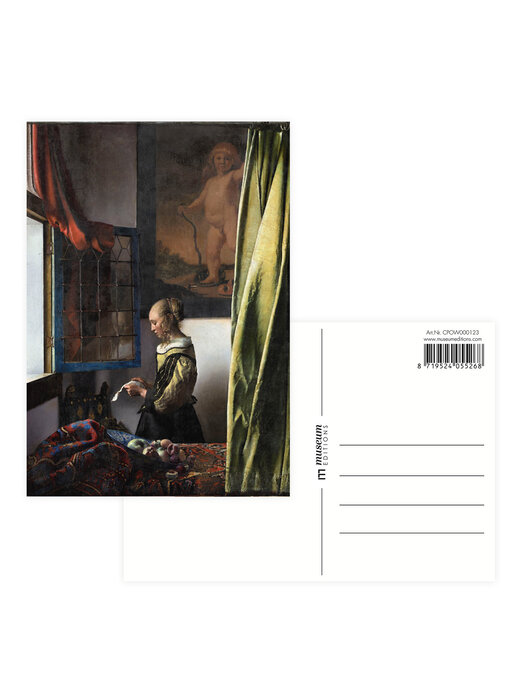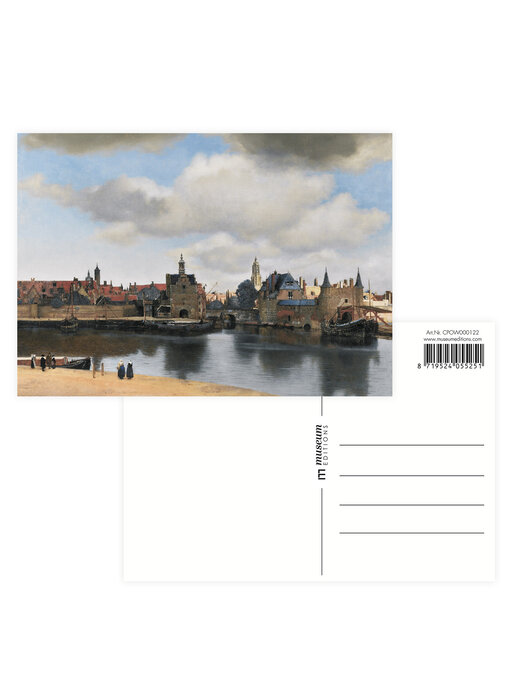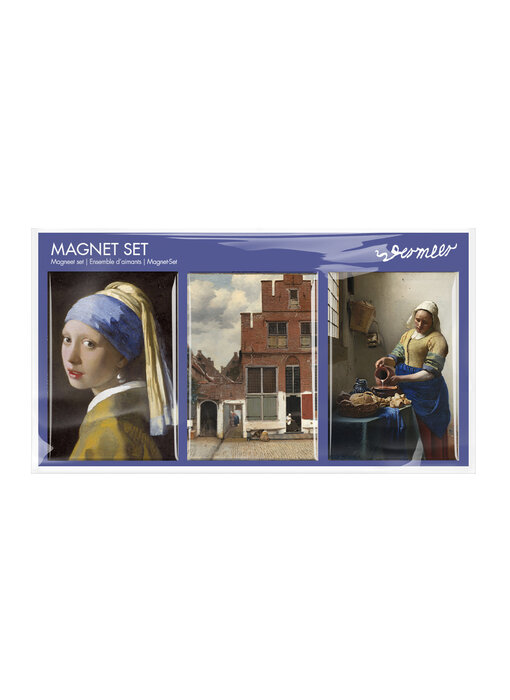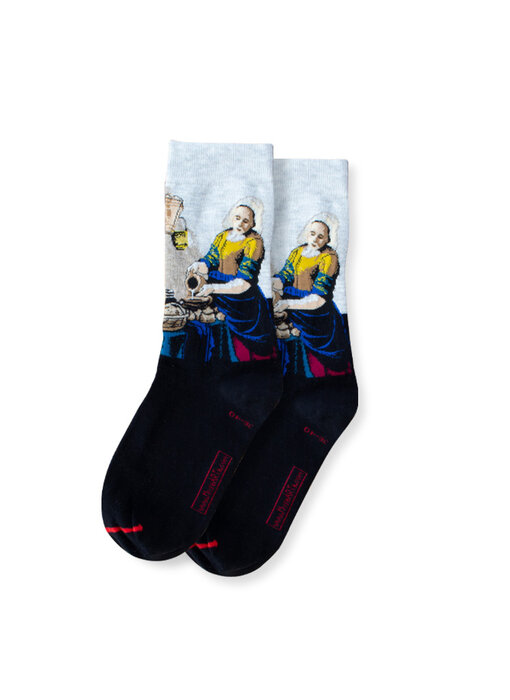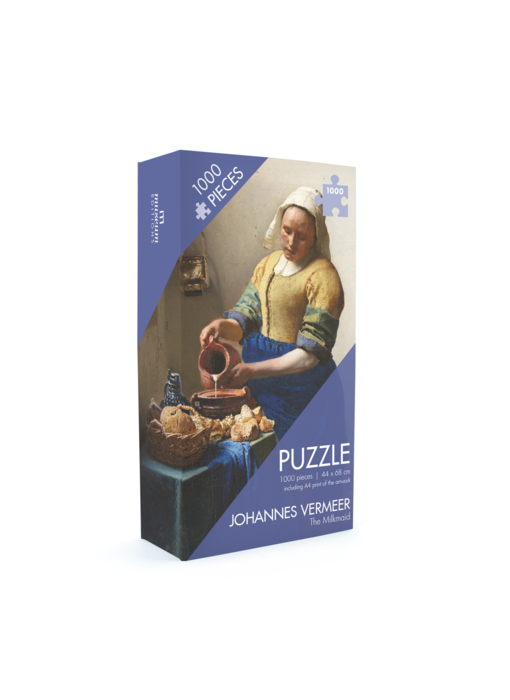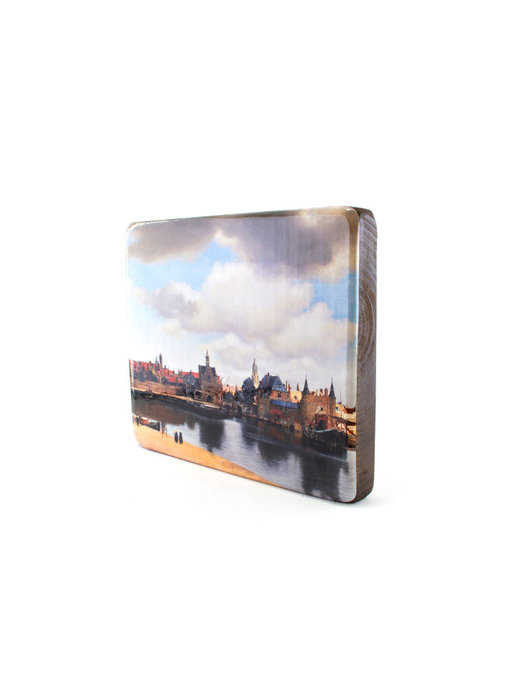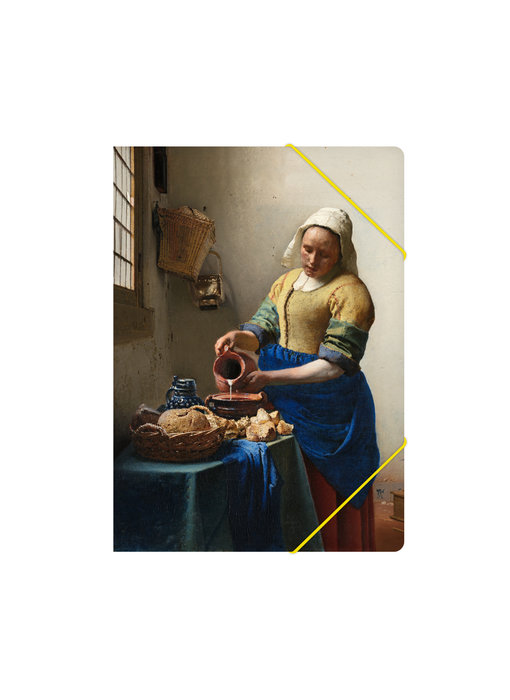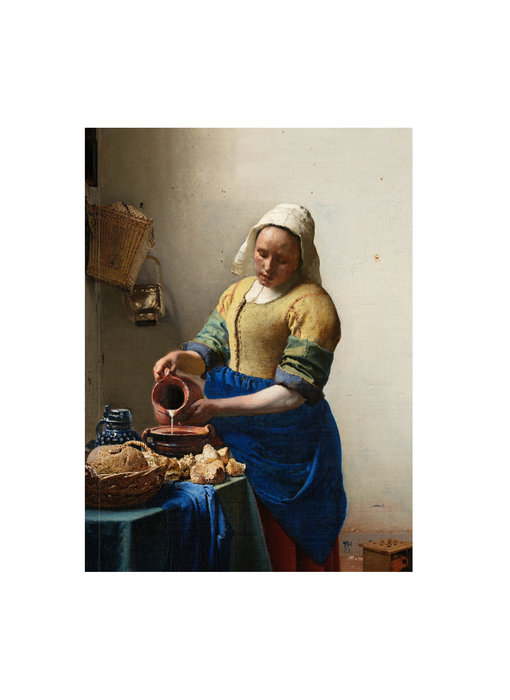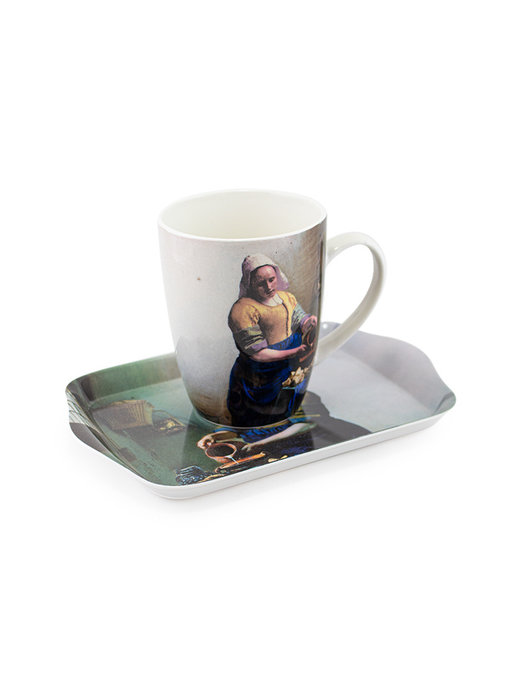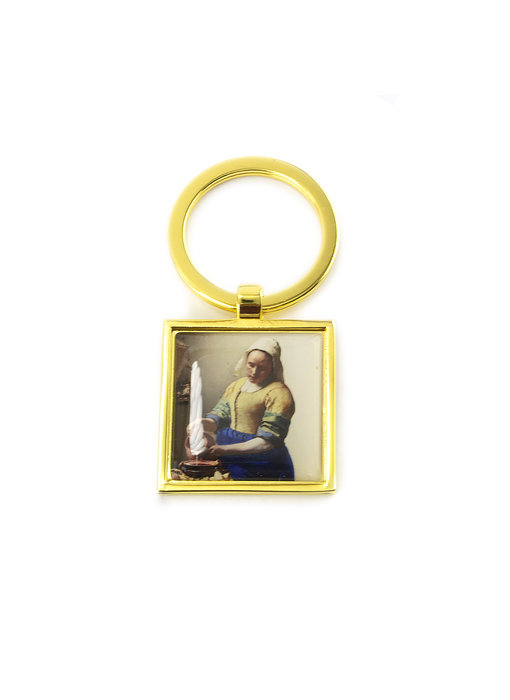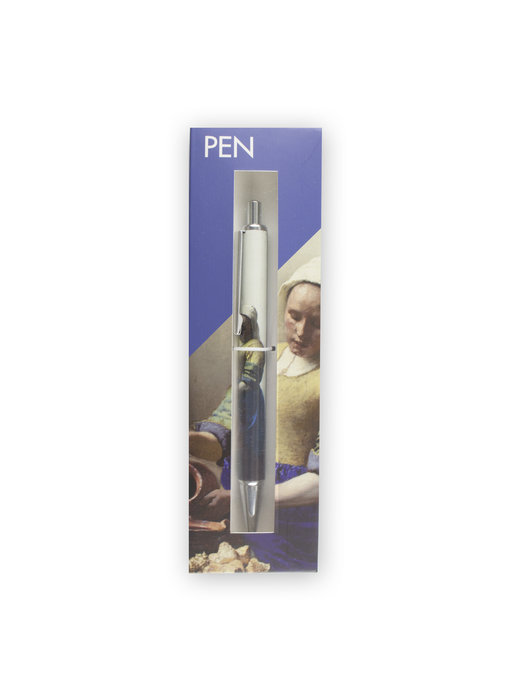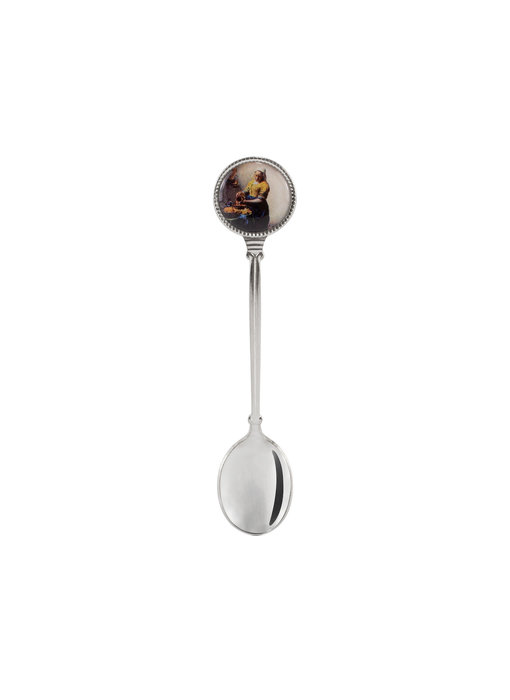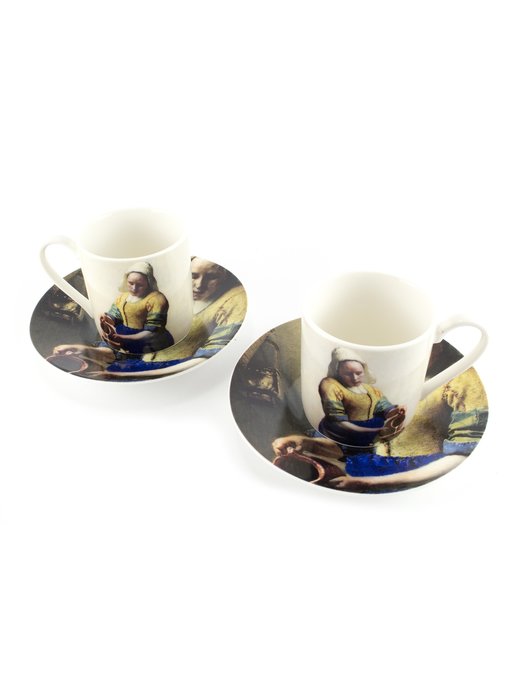Dimensions: 105 x 150 mm
83% cotton, 15% polyamide, 2% elastane
Size: EU 40-46, UK 6,5-611, US 9-13.5
83% cotton, 15% polyamide, 2% elastane
Size: EU 36-40, UK 3,5-6.5, US 6-9
Material: blue board
Size: 44 x 68 cm, 1000 pieces
Item number: TSJW000013
Brand: Museum editions
Material: blue board
Size: 44 x 68 cm, 1000 pieces
Item number: TSJW000012
Brand: Museum editions
100% PEFC cer
100% PEFC cer
Can be closed with elastic.
The size is 180 x 240 x 5 mm. The cover is flexible, making the book easy to use. The cover has a linen structure, which gives the notebook a nice look and feels nice.
The reproduction on this note
With image of the Milkmaid: a famous painting by Johannes Vermeer. On display in the Rijksmuseum in Am
The cups are packed in a nice box with a window.
The set is specially designed for the Rijksm
A colored pencil set with 6 pencils and 12 colors.
The folder is matt laminated and has a high-quality full-color print.
Can be closed with elastic.
The Milkmaid (ca. 1660) is one of the most famous paintings painted by Johannes Vermeer. This painting shows a simple maid, recognizable by her simple clothing and headscarf, pouring milk into a jug, giving it the name "The Milkmaid". Vermeer turned this everyday act into a beautiful work of art.
The composition
In the painting the milkmaid stands in the center of a room with a window to her left through which light enters. To her left is a table with a cloth, on which various objects can be seen, such as a wicker basket with bread, a jug, a bowl and a copper pot. Her attention is focused on the bowl into which she pours the milk. Apart from the milk jet, everything seems to stand still in the painting. On the right side of the sparsely furnished room is a stove. The history of the room is suggested by the wall behind the milkmaid, with visible holes and a protruding nail.
Clothing
Vermeer uses primary colors for the clothing: red for the underskirt, blue for the upper skirt and yellow for the vest. Maids often wore blue skirts, because stains were less visible on blue skirts. Upper arms received no sun and therefore remained white; forearms are bluish-red: arms of a working woman who is scrubbing and cleaning.
The painting can be admired in the Rijksmuseum in Amsterdam.




